Introduction to Ancient Cities
Every ancient cities possesses its unique history that influences human civilization positively and negatively. However, some of these Cities still stand and prosper these days. They successfully survive difficulties from various incidents like wars and natural disasters. The other interesting fact, these cities mentioned in this list, are widely considered by their respective countries as their most important cities.
Even though these cities existed for ages, the people still chose these ancient cities as their economic, cultural, historical, and political centers. Some countries like Syria, Israel, and Greece even chose these cities as their capital cities. Therefore, here are the 5 Ancient cities, that continuously inhabited and plays an essential role in their respective country.
What are the oldest Ancient Cities that are still inhabited?
Erbil, Iraq

Located in the Kurdistan region of Iraq, the city of Erbil contains 1,600,000 people residing in this city. Human settlement in Erbil started in the 5th millennium BC (Before Christ). Since then, foreign powers from the dynasty of Ur, the kingdom of Assyria, the Persian empire, the Macedonian empire, the Roman Empire, and even the famous Ottoman Turks have been residing in this city for millennia.
The rich history made Erbil possess valuable heritage like the citadel of Erbil, Qaysari bazaars, and the famous Mudhfaharia minaret. Despite having lots of historical heritage, people considered Erbil as a modern city. After the fall of Saddam Hussein in 2003, Erbil started to attract foreign companies to set their operations in Kurdistan. As the capital of Kurdistan and the center of the oil operation, Erbil experienced economic booms. This event brought modern buildings, world-class hotels, shopping centers, parks, and more public facilities that transform Erbil into a world-class city.
Damascus, Syria
The third oldest inhabited city and the oldest capital in the world. First settled in 6,300 BC and Like the most of early settlements, people abandoned this city at first and re-settled in Damascus, especially during 2,000 BC. Similar to Erbil, different foreign powers controlled the city in the past. From the Aramean kingdom, the Greek period, the Roman period, the Ummayad, the Ottoman, and later the French. From its diversity, Damascus possesses a tangible heritage that still stands until this day.
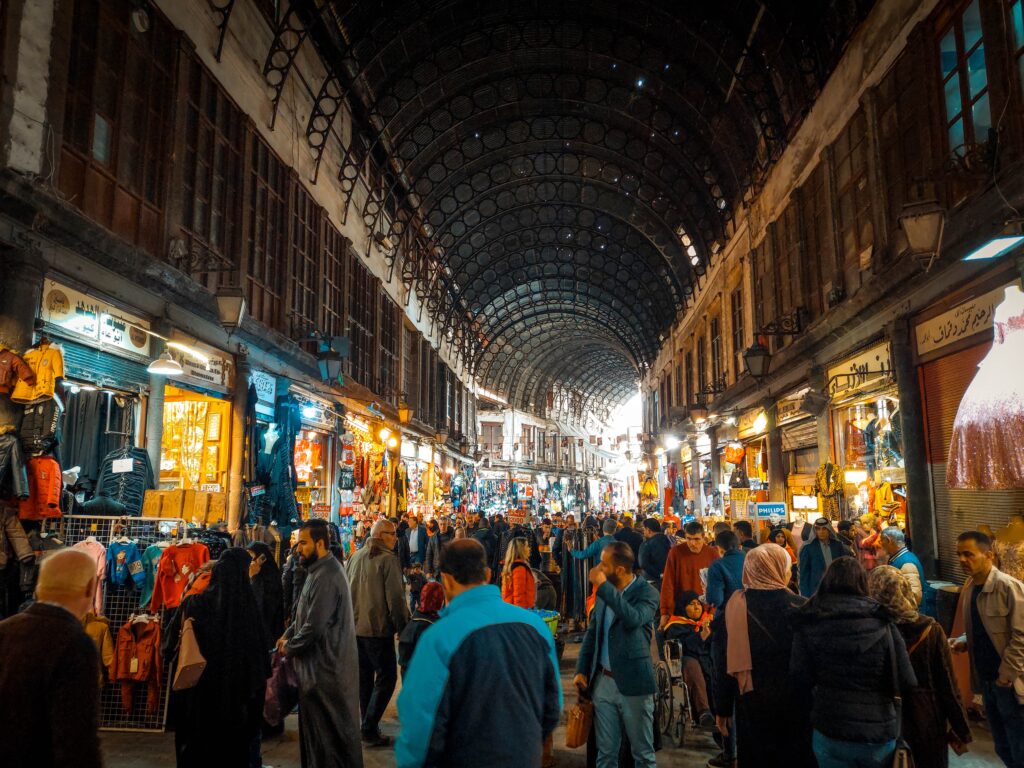
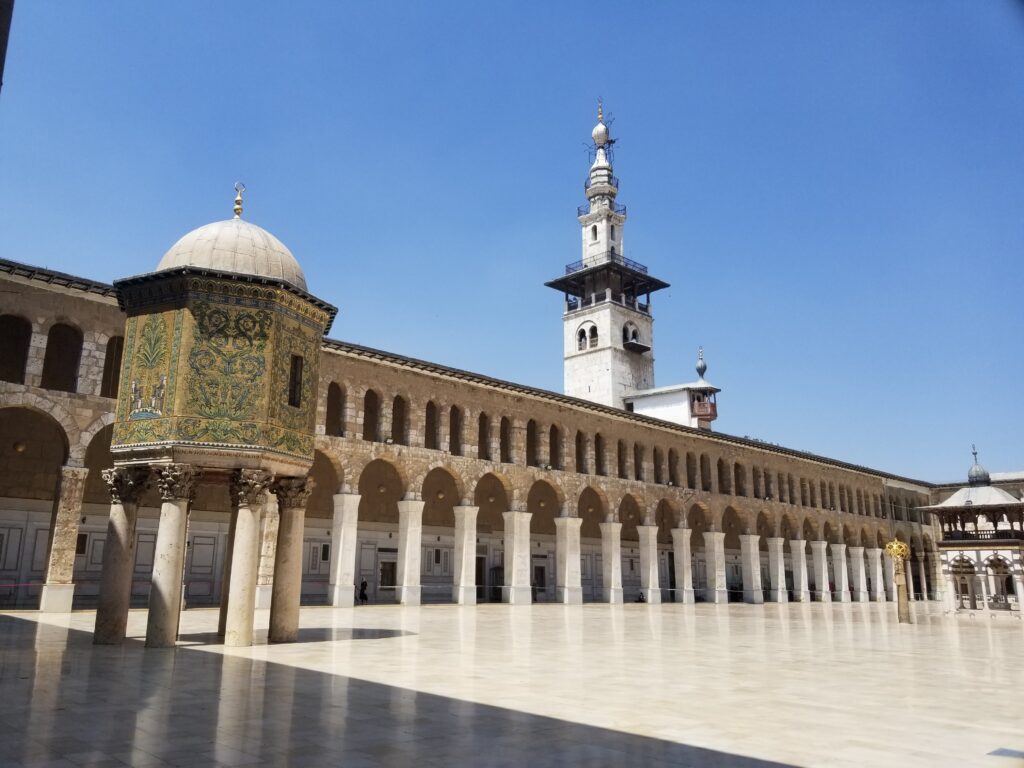
This tangible heritage includes the famous old city of Damascus, Damascus Ummayad Mosque, Saladin Mausoleum, Hamidiyah market, St Ananias Chapel, and more. Today, people still able to witness Greco-Roman architecture like the ruins of Jupiter temple and the ruins of Ancient Damascus. In addition, it’s not rare to encounter French colonial houses that stood in the early 1920s. However, the ongoing Syrian civil war brought destruction to some parts of the cities, particularly in the old city of Damascus. UNESCO considered Damascus as one of the cultural heritage sites on the verge of destruction.
Despite the conflict, Damascus still plays an important role as the capital city of the Syrian Arab republic. Not only as a capital of the country, in 2008 UNESCO named the city of Damascus the major cultural center of the Arab world and the Levant. Especially for its ancient, Islamic, and cultural heritage that still stands proud these days.
Jerusalem, Israel (Contested)

The holy city of Jerusalem considered being the “hottest” topic on this list. This city has a unique fact where it is the only city that experienced being attacked more than 50 times, besieged more than 20 times, and destroyed twice. However, Jerusalem able to withstand and keep its existence to the modern day. In addition, people recognized Jerusalem to be one of the world’s holiest places in the world. This happened due to 3 Abrahamic religions that regard this city as a significant site for them.
The first settlement in Jerusalem took place during the bronze age in 3500 BC. One of the golden eras of this city occurred in 1000 BC, during the reign of King David and King Solomon when the city became the capital for the kingdom of Israel and Judah. In 586 BC, the Babylonians occupied and destroyed the whole city. 50 years after, king Cyrus of Persia allowed the Jews to return and rebuild the city. Over the next several hundred years, Alexander the Great of Macedon, the Romans, Turks, Crusaders, Mamelukes, and the Ottomans took control of the city.
During this period, some key events of religious context took place in the city that includes:
- The reconstruction of the 2nd temple of Jerusalem
- The crucifixion of Jesus Christ
- Destruction of the holy temple by the Romans
- The Islamic prophet of Muhammad died and said to ascend to heaven from Jerusalem.
- The start of the pilgrimage of Christians from Europe and the beginning of Christian crusaders taking control of the city.
Modern Jerusalem
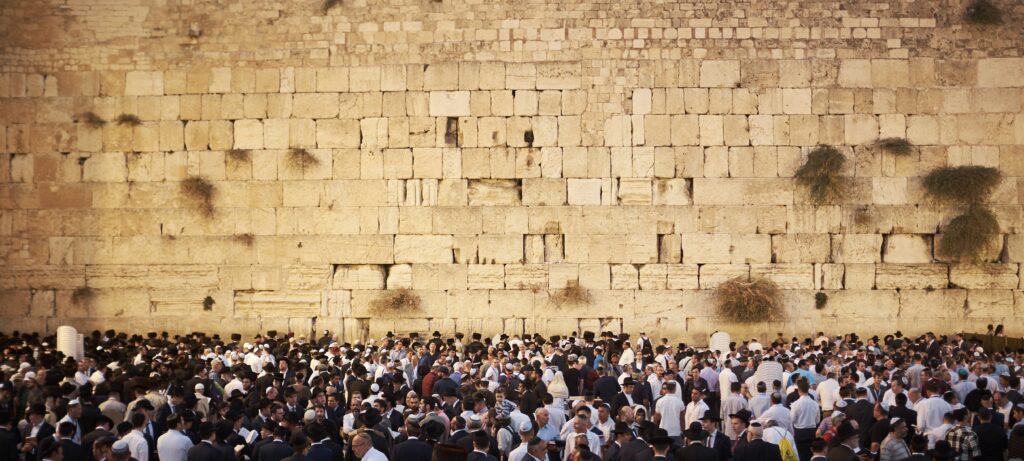

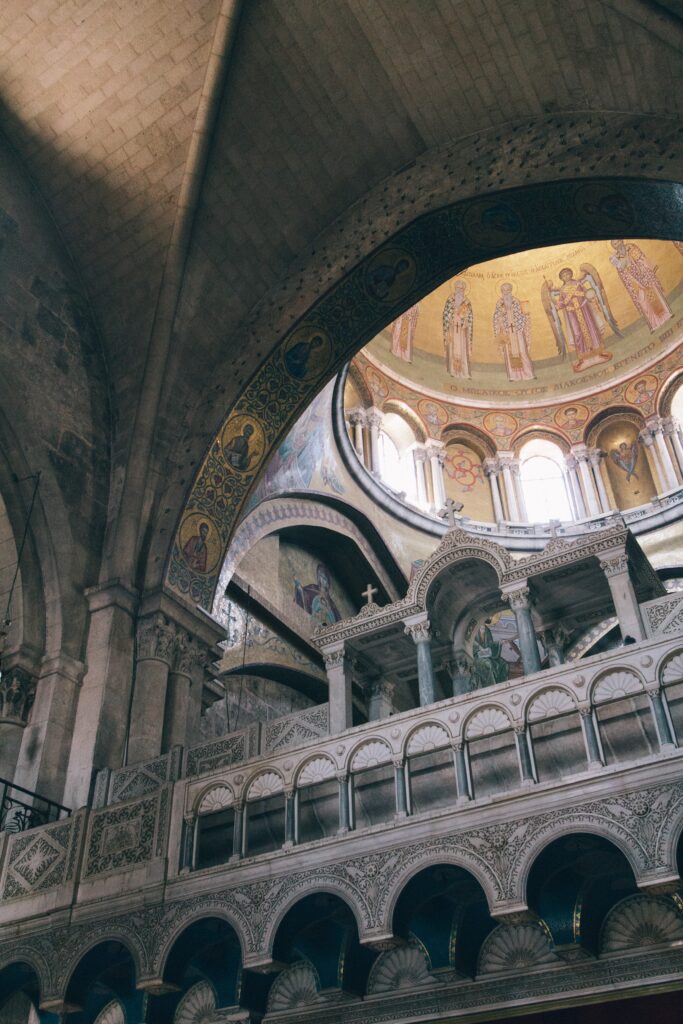
Today, Jerusalem became a religious and historical epicenter of the world where holy sites for Abrahamic religions stand. Each year, the city attracts millions of pilgrimage around the world. Some of the famous sites that attract pilgrimage and have rich historical value are:
- Temple mount: consists of the Al-Aqsa mosque and the dome of the rock. In the beginning, The Jews’ holiest site of First Temple stood in this place. On the other hand, the Muslims recognized Jerusalem as the third holiest city behind Mecca and Medina.
- Western Wall: also known as the wailing wall and considered by the Jews as the closest spot to Solomon’s original first temple. You will find people praying for 24 hours a day and Bar Mitzvahs held in this place.
- Church of the Holy Sepulcher: the holiest place for Christianity in Jerusalem. People believed that the crucifixion and burial of Jesus occurred in this place. These days, denominations of Christian monks in charge of maintaining this church.
Athens, Greece

Human settlement has existed in Athens for around 5000 years. Not only recognize as the birthplace of democracy, people considered Athens as the cradle of Western civilization. As a city-state in Ancient Greece, Athens’ development in philosophy, literature, and even architecture consider remarkable. In addition, Athens also produced famous philosophers such as Socrates, Aristotle, Plato, and Epicurus.
Ancient Athens’ golden age can be traced back to the reign of Pericles in 500BC. Under his reign, Athens became the most powerful city-state in Greece. Especially in the intellectual and art center of the ancient world. Also during this period, the construction of the famous Parthenon started. In terms of architecture, The Acropolis of Athens and the Parthenon are real examples of famous ancient structures that show the skill and precision of Athenian architecture.



Same with other ancient cities on the list, Athens survived hardships and conflicts that occurred in the past. Some famous conflicts include the Persian invasion of Athens (which resulted in the destruction of the Acropolis), the Peloponnesian war, the Era of Alexander the Great (Hellenic period), occupation during the Roman times, the Greek independence war against the Ottoman, and also the Second world war period.
After all these conflicts, Athens began to grow again, especially during the industrialization era with the help of aid from the United States. People started to migrate to Athens, in order for them to find better job opportunities. In addition, with Greece becoming a member of the European Union, foreign investment started to pour through the city and creates more development in Athens. The city of Athens is considered to be one of many ancient cities, where modern development was able to coexist with the rich history of the past.
Aleppo, Syria
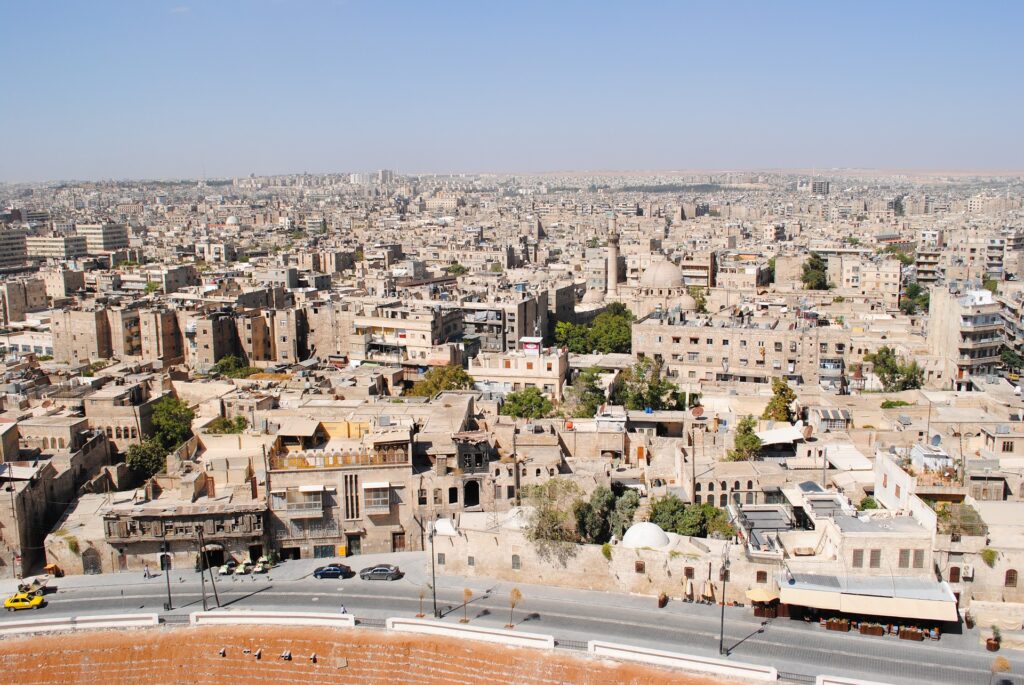
Aleppo also considered to be the oldest continuously inhabited city in the world. Back in ancient time, Aleppo plays an important role for the people of Amorites, due to its strategic location between the Mediterranean sea and Mesopotamia, the city prospered.
During the crusades, Aleppo became the symbol of resistance for the Muslims defending this city. In 1124, the people living in Aleppo successfully repel the threat of the crusades, which later passing the city’s control to the hand of a famous commander name Saladin. Under the rule of the Ayyubid dynasty, Aleppo became more prosperous due to trade between Europe and Asia. During its peak, Aleppo was attacked and conquered by different foreign powers too. Some of these foreign powers include the might Mongol Horde and the Timurids.

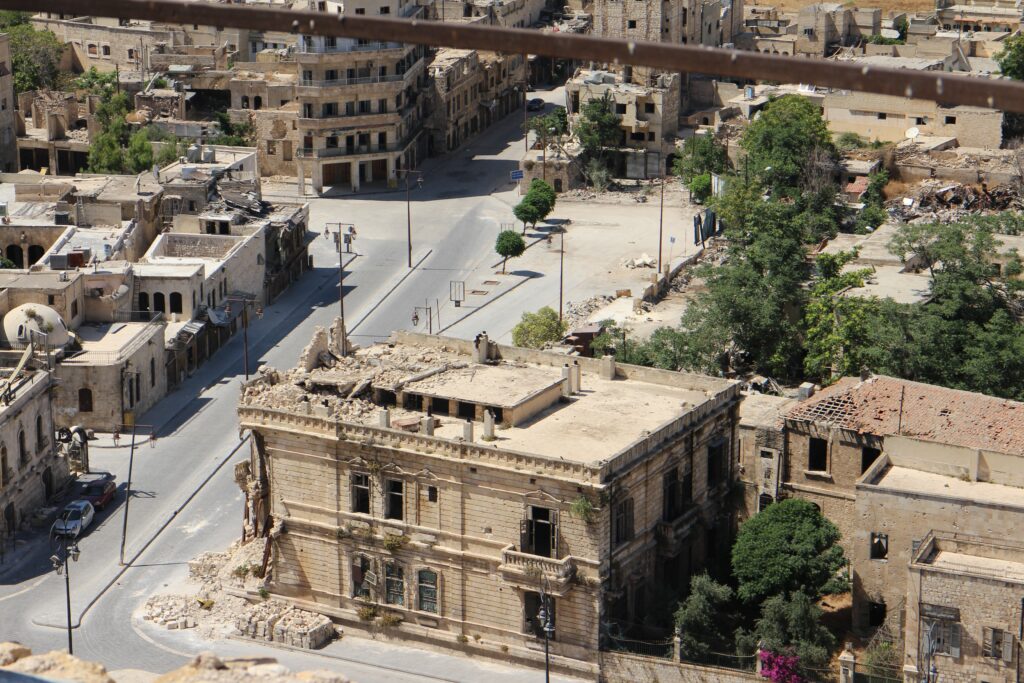

Somehow the city survive and revived during the 15th century, especially during the rule of the Ottoman empire. Again, the revival of Aleppo happened due to its strategic location, which is located at the one end of the famous silk road. After the fall of the Ottoman Empire, Aleppo itself started to decline. However, the decline of Aleppo helped in preserving the old city of Aleppo from rapid development. To this day, medieval architecture and traditional heritage still stood proudly. Some of the famous landmarks in Aleppo include:
- Citadel of Aleppo
- Great Mosque of Aleppo
- The old city of Aleppo
However, during the Syrian civil war, famous landmarks in Aleppo suffered serious damage. After recapturing the city from the rebel group, restoration of the city and its landmark began.
References
https://www.thetravel.com/oldest-continuously-inhabited-cities-around-the-world/
https://thekurdishproject.org/kurdistan-map/iraqi-kurdistan/erbil/
https://peacockplume.fr/food-travel/damascus-city-jasmine
https://expertvagabond.com/religious-sites-jerusalem/
